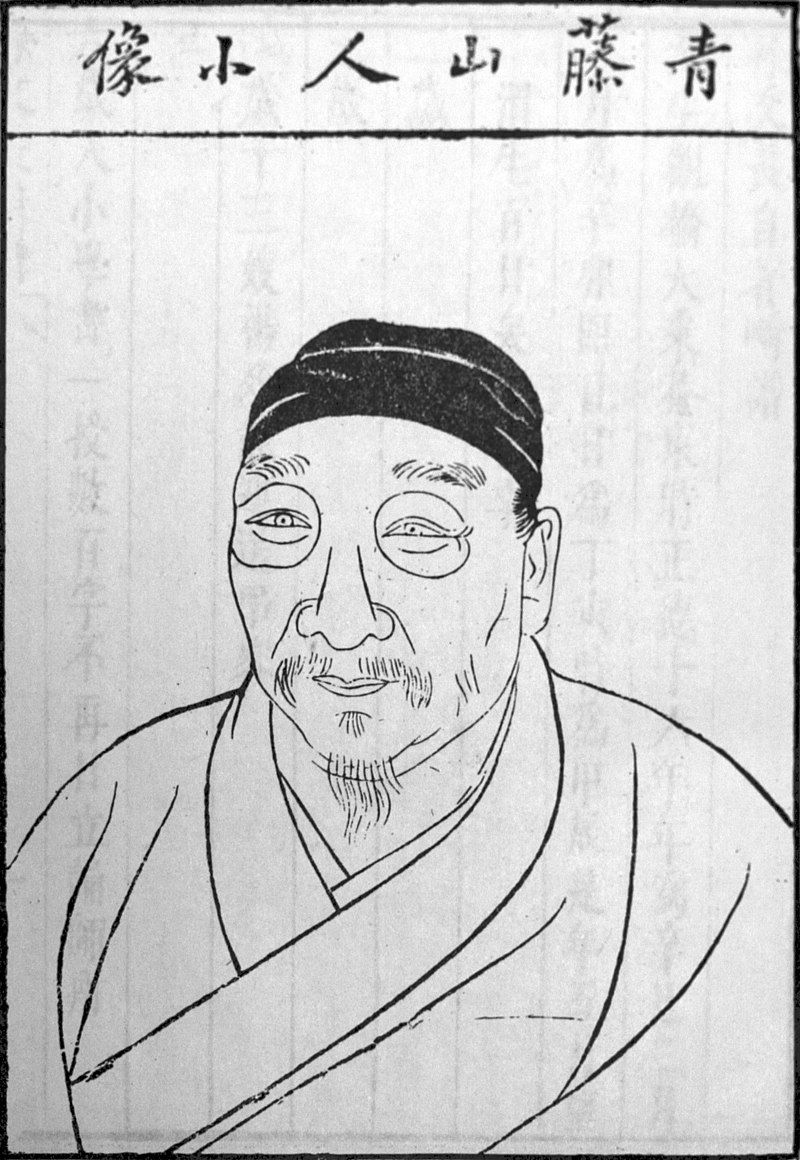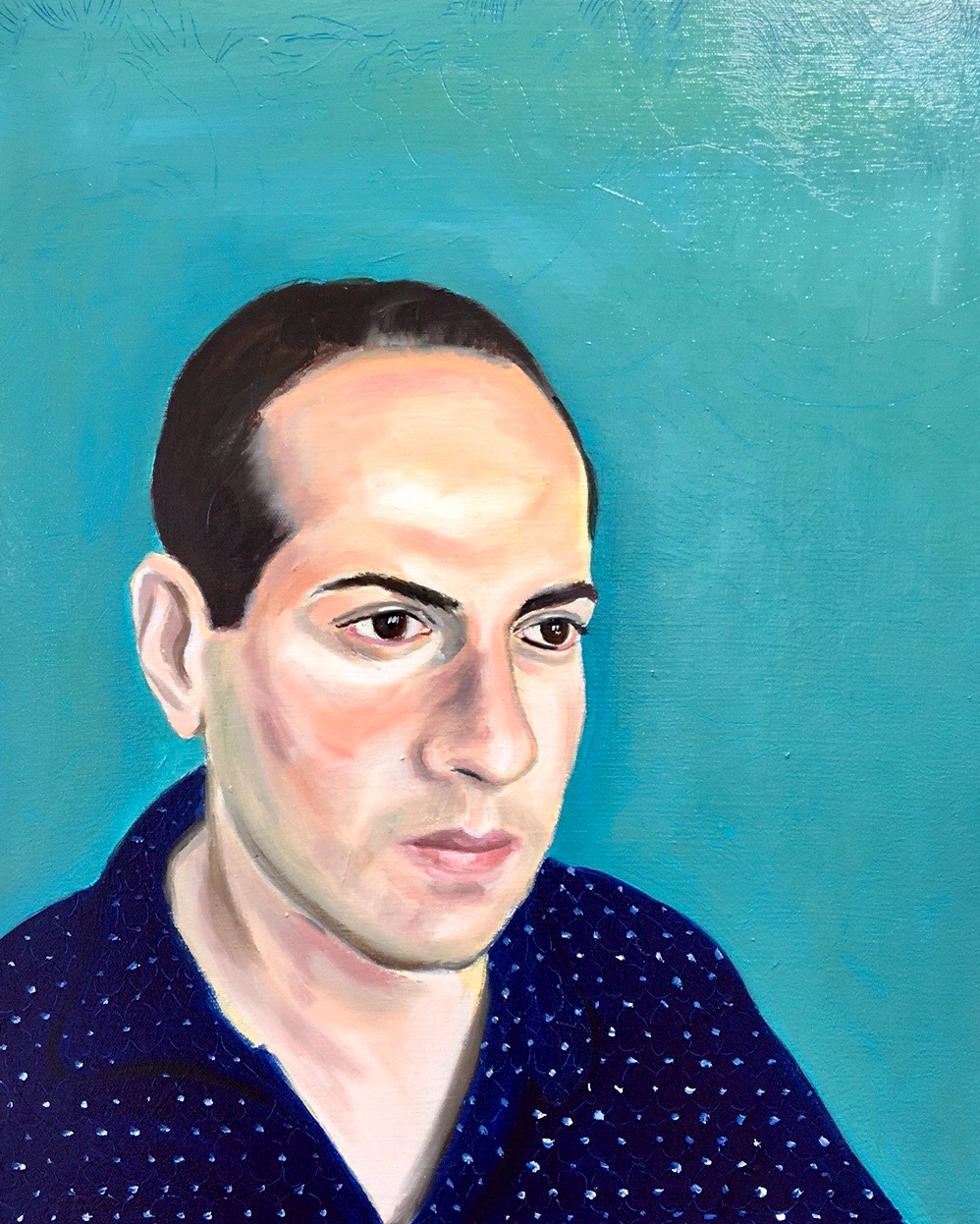The Xu Wei Scroll
- Edward Luper
- Apr 20, 2022
- 3 min read
A lot of my art owes more to the culture of Japan, but I was trained originally as a sinologist. My D.Phil thesis was on the Ming dynasty painter and poet Xu Wei (1521-1593). I had long toyed with the idea of doing a comic on Xu Wei, but when a new museum in Shaoxing dedicated to Xu opened in 2021, I was asked to paint a scroll narrating his life. I naturally jumped at the chance and asked my friend, the actor Zhang Tielin to collaborate by writing the calligraphy. In the end, however, the project fell through. Nevertheless, it was a pleasure to paint such a long scroll narrating Xu Wei's life.

Xu Wei isn't a well known artist in the West, but his influence in Chinese art is huge. He is sometimes called China's Van Gogh because of his mental illness and expressive paintings in ink. His story is certainly very colourful.

He was considered to be a child prodigy, able to recite long passages from books after one glance. Yet he suffered many tragedies. His father died 100 days after he was born, and his mother was a concubine sold off by the family. He was raised by a step-mother until she passed away when he was 14. At 21 he married a woman surnamed Pan, who died five years later. Though he passed the civil service examinations at age 20, he was never able to pass the higher levels exams, attempting and failing in total 8 times. Instead he found work as a ghost writer and advisor to Hu Zongxian, Supreme Commander of the coastal defence against pirates.
Finally, Xu achieved some wealth as a writer, but after General Hu Zongxian was arrested due to court politics, Xu feared for himself and became mentally unstable. It was at this point that he supposedly attempted suicide nine times, including trying to axe his own skull and drilling both his ears. His mental imbalance also led to his murdering his third wife Zhang after becoming paranoid she was having an affair. Xu was jailed for seven years until a general amnesty was declared and he was released at the age of 53. Xu thereafter travelled around China writing and painting for patrons until he died in his seventies in poverty.

Some sections of Xu's life were certainly a challenge to depict: his descent into madness for example?

In painting Xu's madness, I looked to Goya and 'The Sleep of Reason' as a model, changing the bats to Chinese demons and monsters.
When it came to depicting the numerous deaths of loved ones and even the murder of his wife however, many protested at my use of skeletons. Unlike in Japanese art where skeletons are quite common, Chinese art seems to avoid them or any topics related to death. There is the exception of Li Song's painting of a skeleton playing with a puppet.


One can make out on the left that I took the child from the Song dynasty painting and used it in my own composition.
The detail I enjoyed painting most however, was depicting Xu's time in the military as a ghost-writer for a general fighting Japanese pirates. I shrunk all the figures on the desk, fighting around the ink stone and brush pots.

The calligraphy was written by my friend Zhang Tielin. I posted the scroll to him in Beijing, while I directed him where and what to inscribe with photocopies (visible on the table).


In total the scroll is 20 meters long and it was a challenge. I hope one day it can be exhibited somewhere.






Comments